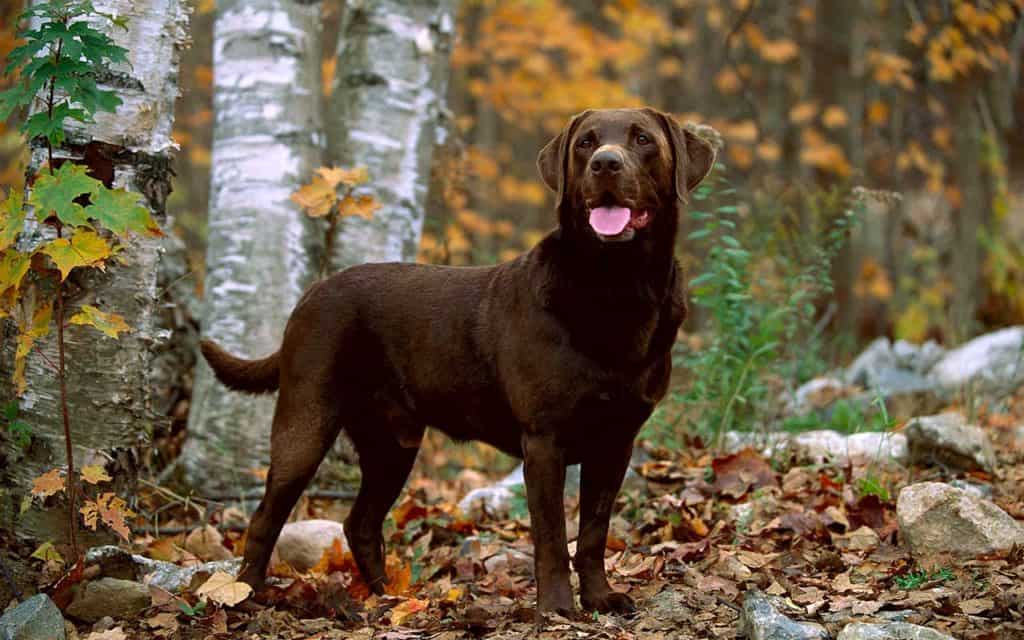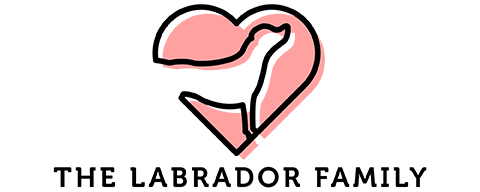Labradors have been the United States’ favorite dog since 1991, and it’s easy to see why. They’re intelligent, playful, loyal, and extremely cute? Despite this, labradors still seem to get this reputation of being a high-maintenance breed — but could this really be the case?
Chocolate labradors are high-maintenance dogs. They require regular grooming and exercise and plenty of attention. This breed isn’t suitable for those always away from home and working long hours. But with proper training and care, chocolate labradors can become a great addition to a household.
Despite being high maintenance, chocolate labradors are worth it, considering how much joy they can bring to families, especially those with kids. Keep reading as I discuss the elements of a chocolate labrador’s care that make it high maintenance and how you can care for this breed.
Reasons Chocolate Labradors Are High Maintenance
Caring for a chocolate labrador is a lot of work. Owners will need to set aside time in their week to ensure that their dogs have whatever they need for a happy and healthy life. So what do pet owners need to consider?
Chocolate Labradors Need Exercise
Labradors, no matter their color, have a lot of energy. They were initially bred for physically demanding work retrieving game for hunters. This work would involve long hiking trips, running, and swimming.
As a result, labradors, such as chocolate labradors, were bred to have lots of energy and be very active. Despite their primary role today as a family pet, they still have high active genes and require frequent exercise.
According to Labrador Training HQ, a healthy adult chocolate labrador should be exercised for at least one hour a day, although this should be tailored to your dog’s needs.
Dogs, including labradors, have different personalities, and there’s no one size fits all approach. If you notice that your dog is still highly energetic after its walks, it may need more.
The Type of Exercise Matters
It’s not just the exercise you have to ensure that your chocolate labrador gets but the correct type of exercise. Dragging your feet around the park with your pup on a leash isn’t what I have in mind.
As mentioned before, labradors are highly energetic dogs and ideally need to be let off the leash so they can get a good run. While some owners are happy to lace up their running shoes, this might not be accessible to others.
An excellent alternative to going running with your labrador is to add some toys into the mix. Toys that your dog can fetch will encourage it to run and satisfy the urge of retrieving that this breed was initially used for.
If you’re looking for suitable toys to increase your chocolate labrador’s exercise, I can recommend this Chew King Ball Launcher from Amazon.com. The launcher will add ease to your throwing, and the balls consist of natural rubber for added durability that’ll withstand dog chewing and destructive behavior.

Chocolate Labradors Need Regular Grooming
One of the most important things you need to do for your labrador is grooming and maintaining it. Paying attention to a dog’s coat will allow you to spot any health problems such as lumps or skin infections before they get out of hand.
How Often Do Chocolate Labradors Shed?
People usually think that since labradors have short hair, they must not shed much; however, this isn’t true!
Chocolate labradors will shed moderately all year round and increase severity during molting season. The molting season occurs twice a year and lasts for three weeks. Shedding occurs in spring and autumn in preparation for summer and winter to cope with the changing temperatures.
Labrador’s double coat consists of the topcoat and the undercoat. The topcoat is waterproof and silky, protects against water, and isolates the skin from wind or getting too dry.
The undercoat provides insulation to keep your dog warm in winter while regulating body temperature year-round by growing thicker during colder months and shedding every six months.
So now you know a little about your lab’s coat, find out more about what you can do to care for it.
Brush Your Chocolate Labrador at Least Once a Week
Brushing your labrador at least once a week will help control the level of shedding that happens inside your house. Brushing should be increased to four times a week during the molting season while the frequency of the shedding increases.
Regularly brushing your labrador removes dead skin cells and helps to redistribute oils that give your dog’s coat a lustrous shine.
After a few brushings, you’ll get to know your dog’s body. Familiarizing yourself with your dog’s body means if anything worries you, like any potential growth, you’ll be able to spot them before they get worse.
Another advantage to regular grooming for your labrador is building trust with your dog—the more time you spend with your dog, the stronger the bond between you two.
Grooming also helps dogs adjust to being touched by people and makes it less likely that they’ll react poorly when a vet has to handle them or if children pull on their tails. The more socialization experiences they get, the better their temperament will be.
If you would like some more tips on grooming your chocolate labrador, here’s a quick six-minute video from Will Atherton:
A Chocolate Labrador’s Diet Needs Monitoring
Studies have shown that Labrador Retrievers are more prone to obesity due to genetics. As a result, pet owners need to monitor what they are feeding their labrador and keep an eye on his weight.
According to the MSD Veterinary Manual, pet owners should prioritize protein and fat to provide a labrador with a healthy balanced diet.
– Protein
Protein is essential to a labrador’s diet for several reasons: giving energy, maintaining their immune system, and tissue repair.
Labradors should be getting between 18 and 22% of protein, depending on their age. Puppies require more protein than adult dogs while they grow, so owners should aim for the upper limit of this scale.
Puppies require more protein than adult dogs while they grow, so owners should aim for the upper limit of this scale.
The best protein sources come from poultry, lamb, and beef and can be found in top-quality dog food.
– Fat
Labradors need a good dose of healthy fats in their diet for cell, muscle, and tissue development. As with protein, the amount the dog needs depends on its age. All dogs should be getting between 5 and 8% of fat, with puppies requiring the upper scale.
Conclusion
Chocolate labradors can be considered a high maintenance pet due to their need of the following:
- A lot of exercises
- Regular grooming
- Monitoring with their diet
There’s no denying that a pet owner will need to spend a significant time making sure that their labrador is living a healthy lifestyle. However, as you’ve learned today, there are solutions to these issues accessible to anyone.
Despite the work that goes into taking care of your labrador, you’re guaranteed to get an intelligent, loving, and beautiful dog that will be hard to be without once it’s in your life.



